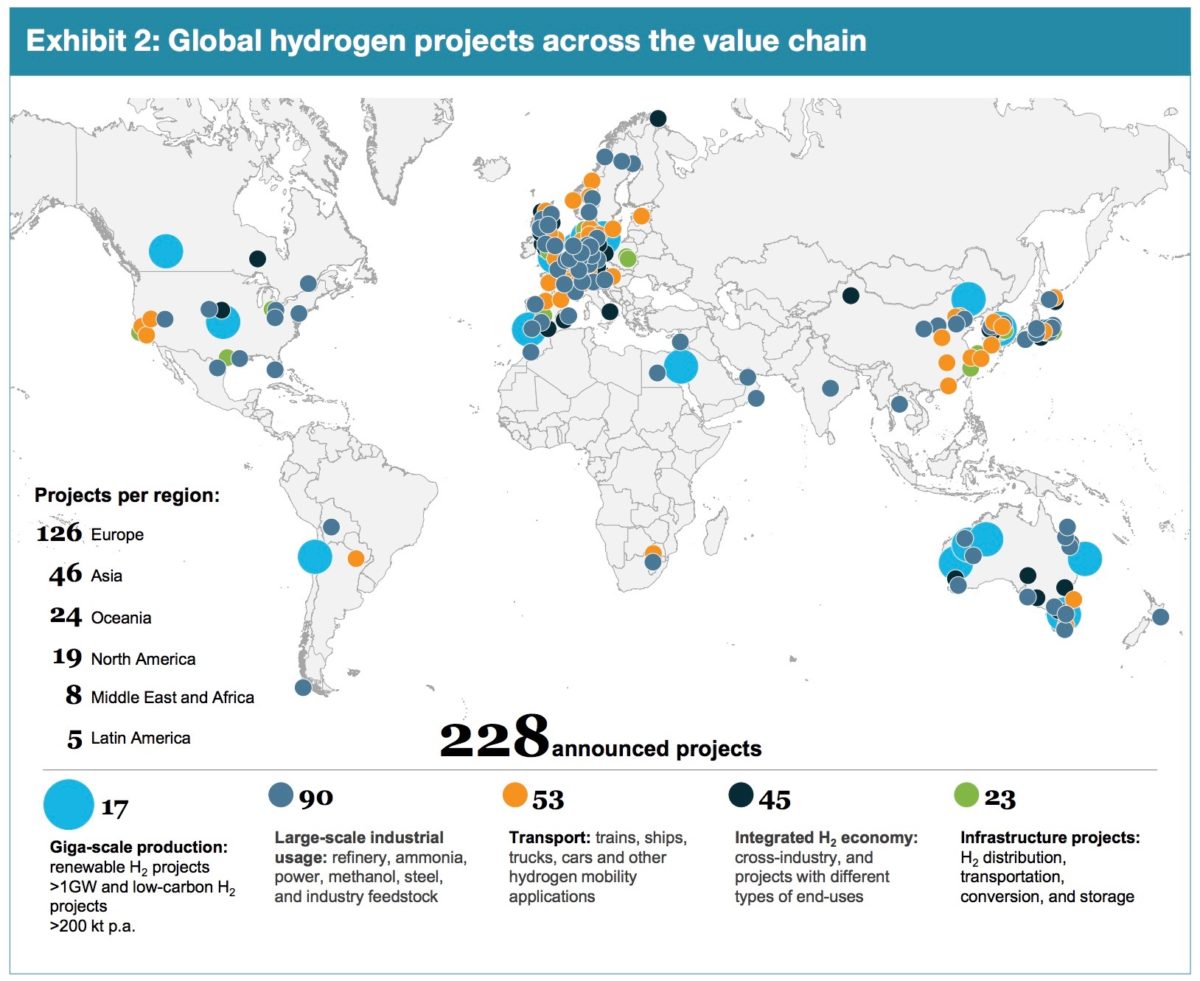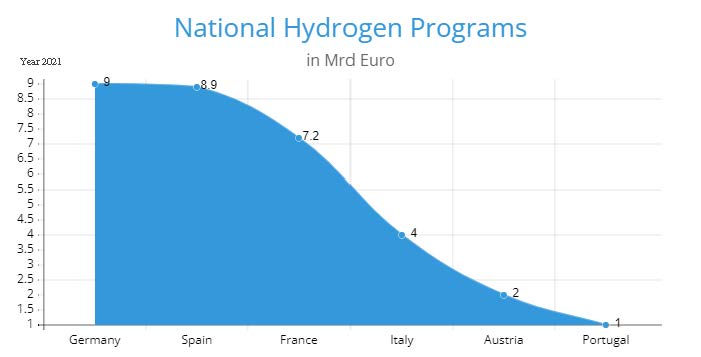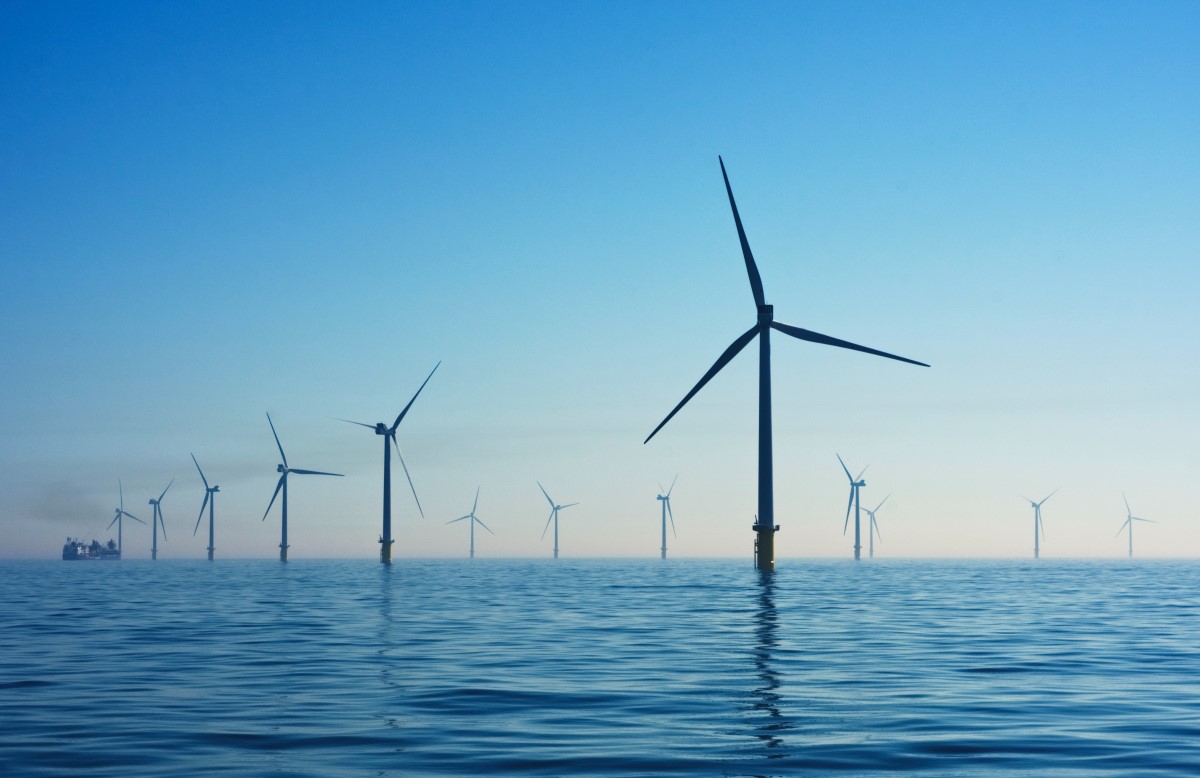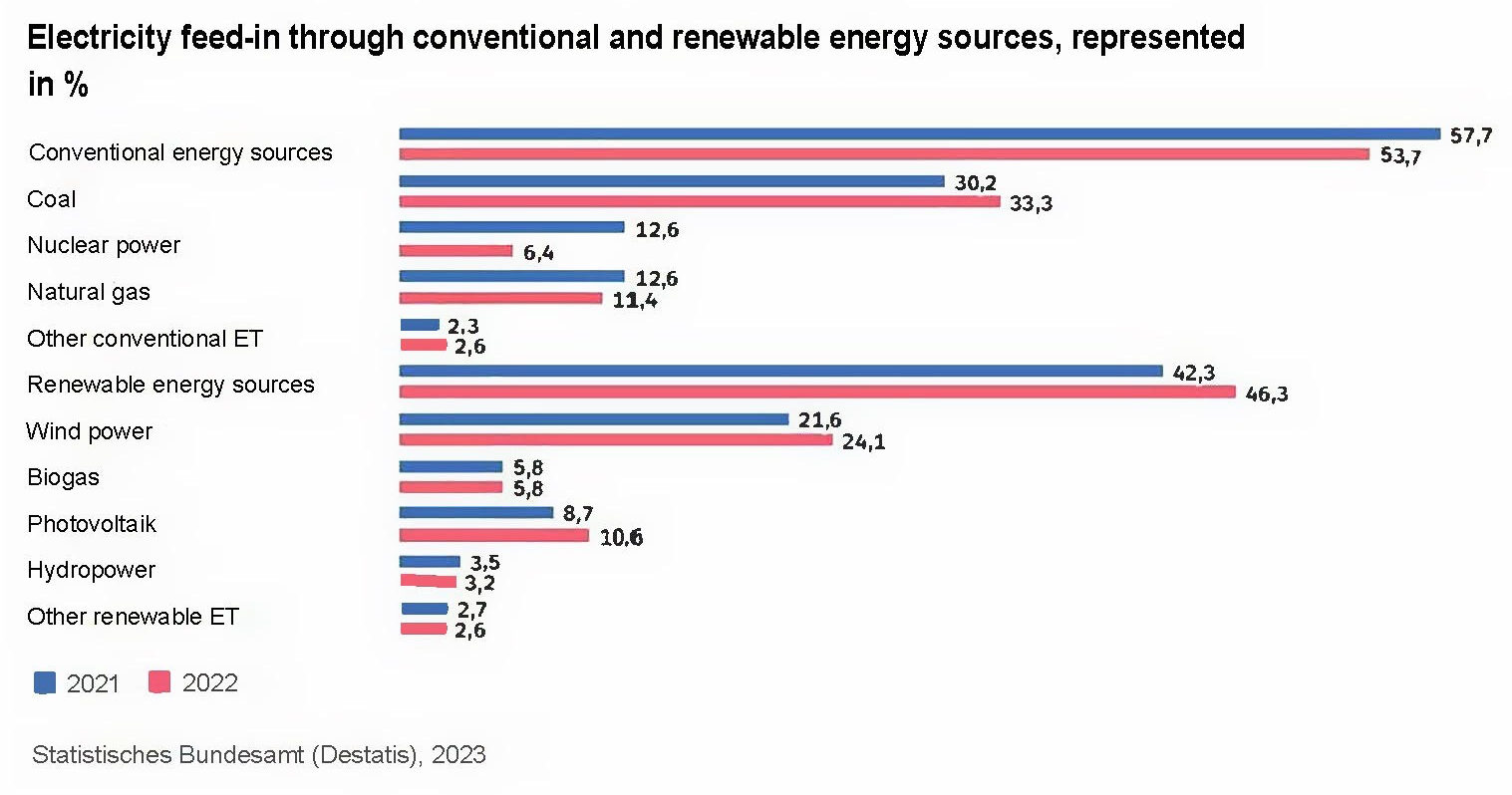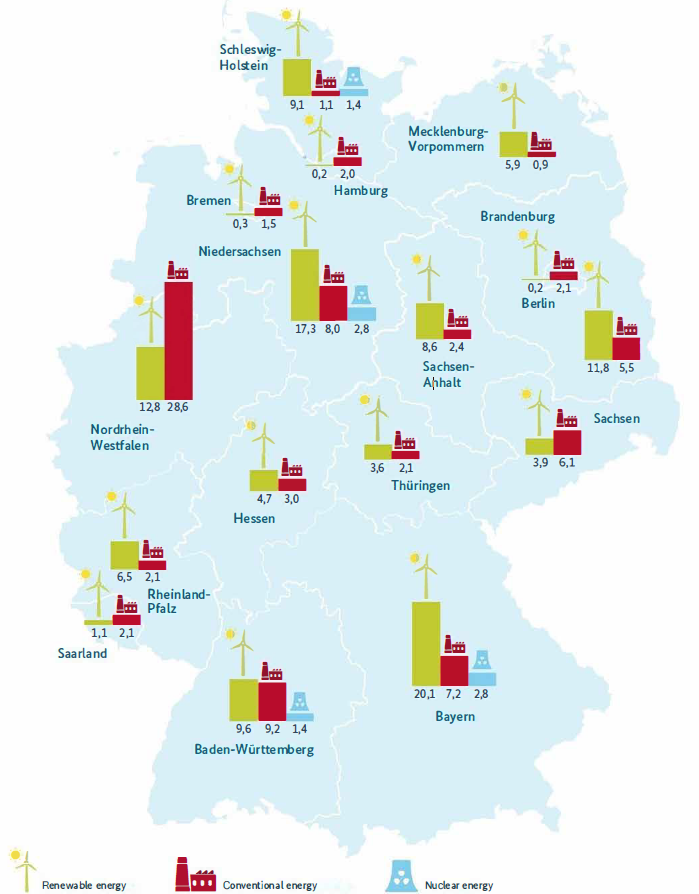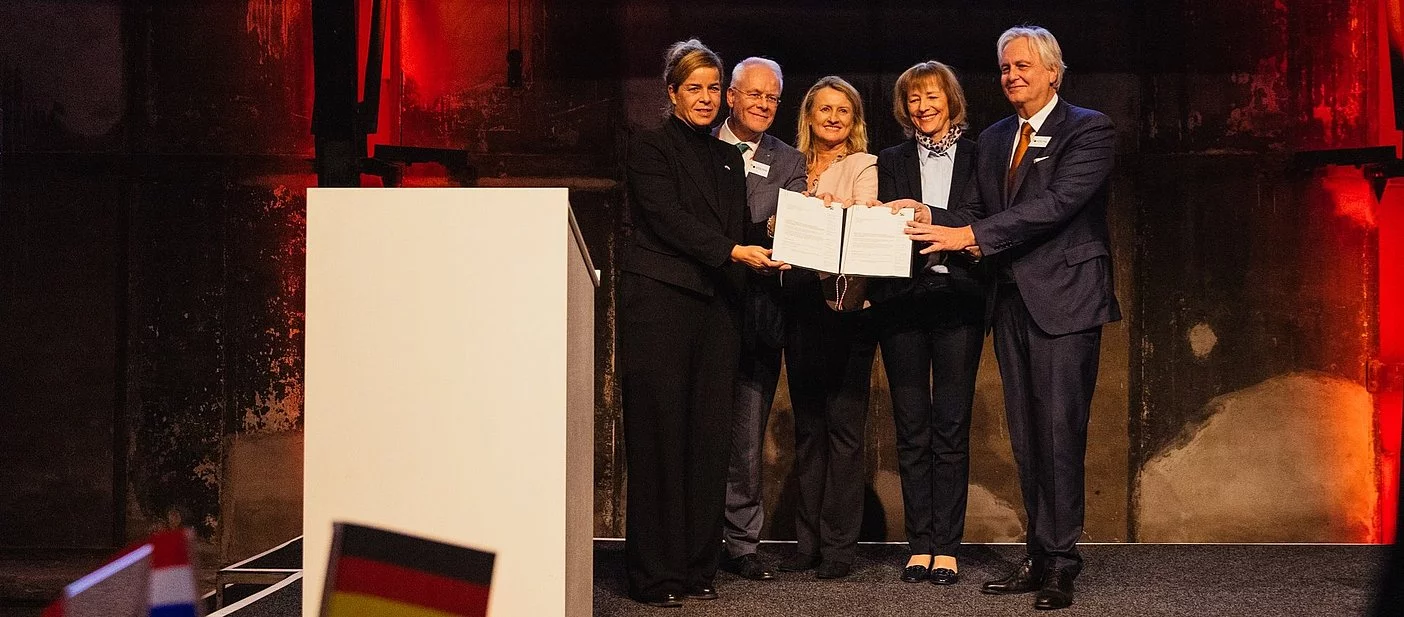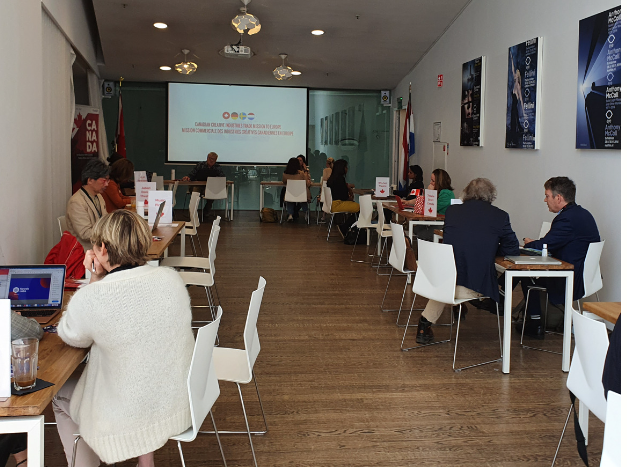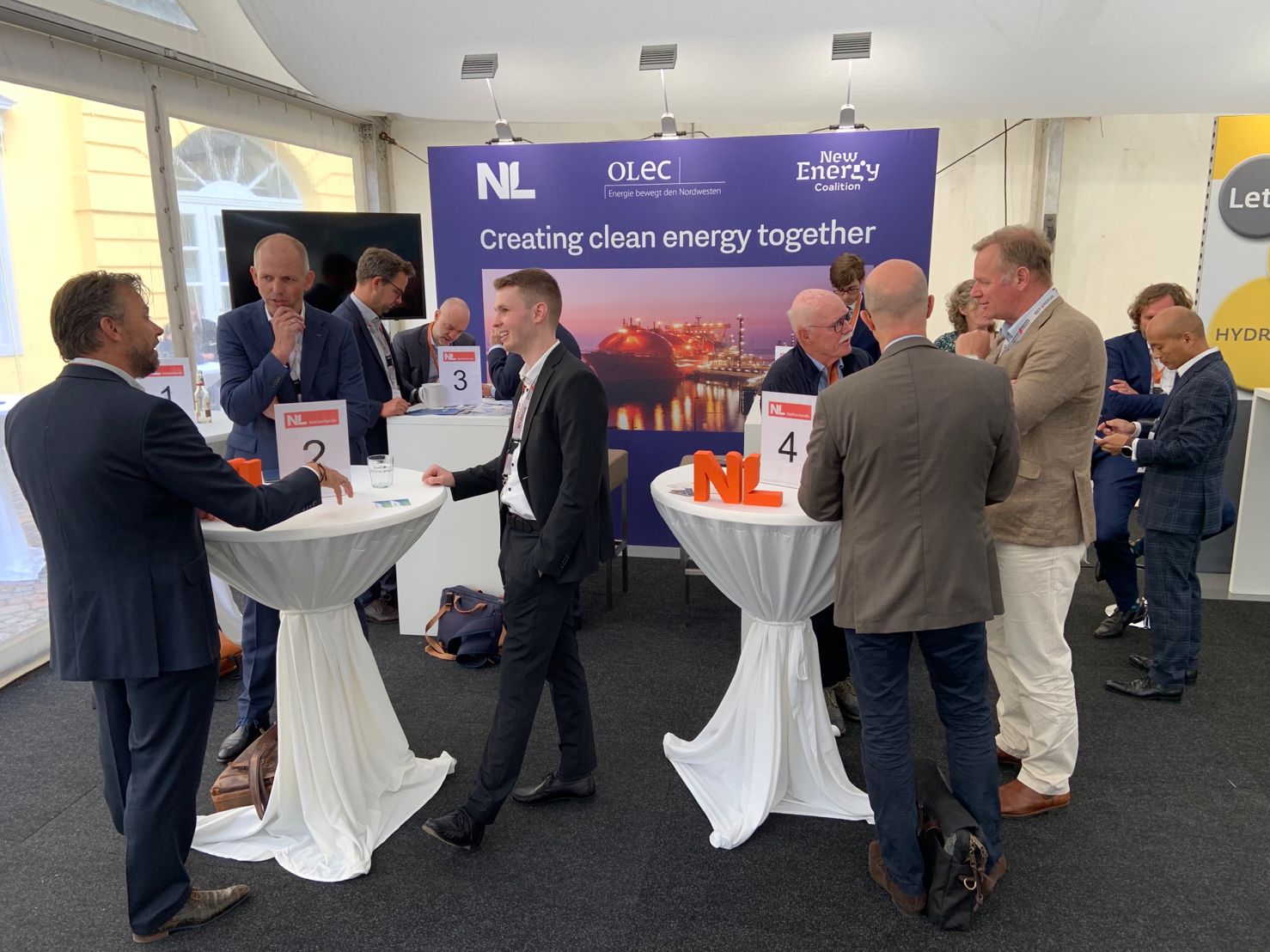Hydrogen currently plays an important role in the field of energy production. But what is hydrogen, and how can it be obtained? Hydrogen is the most frequent chemical element in the universe. It does not occur on earth on its own, but only in the form of compounds, so it must be split off from a hydrogen-rich starting material with the help of energy. These starting materials are separated using chemical, electrical, thermal or solar energy to produce pure, unbound hydrogen. Current concepts increasingly envisage hydrogen-production with the aid of renewable energies. This makes climate-neutral hydrogen production possible. The chemical element can always be produced locally, because it is so abundant. Moreover, it is clean, safe, and available in almost unlimited quantities. Energy can be stored for months, and hydrogen itself can be easily stored temporarily in pressure vessels or gas caverns.
The use of hydrogen is very versatile. Thus, hydrogen can be used for many processes in industry, such as the production of ammonia and methanol. Another area of application is in the energy-intensive steel production, certain processes in the chemical industry, operating gas power plants, moreover together with CO2, for example, it can be converted into climate-friendly fuels that power trucks, ships, aircraft, or cars.



